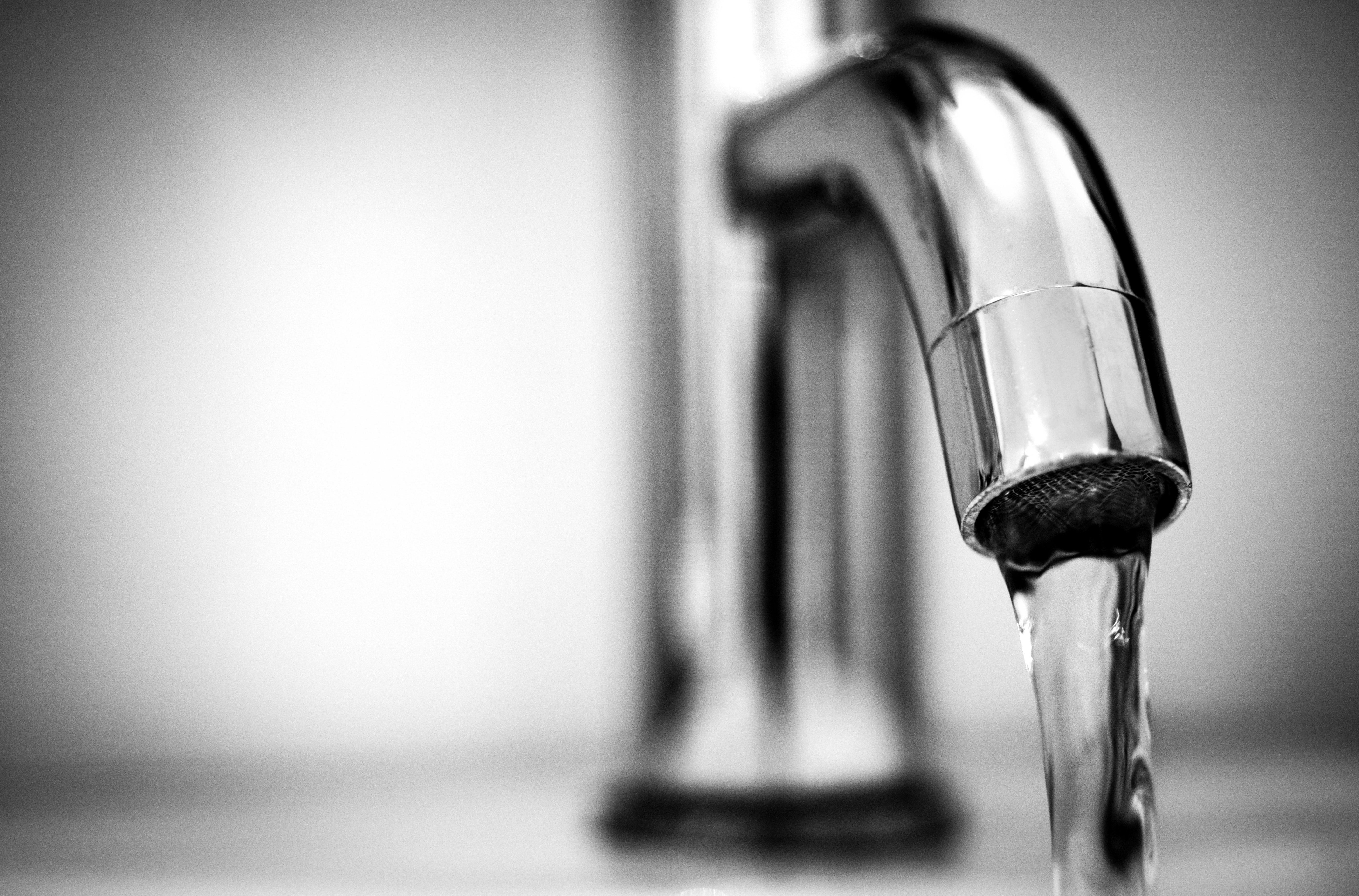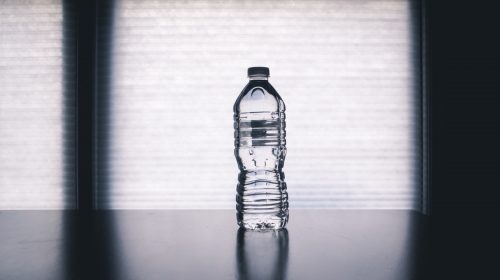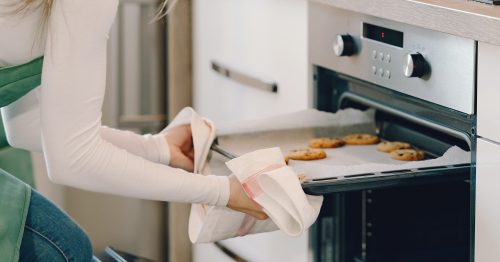The kitchen is one of the most frequented areas in an entire house. As a result, the faucets in these rooms receive a lot of attention. Studies show bacteria and mold are frequently found on faucet handles and in the sink. Wiping down these regions and sanitizing regularly can help to reduce bacteria and keep things looking fresh. Learn how to clean kitchen faucets in five steps.
1. Purchase necessary materials
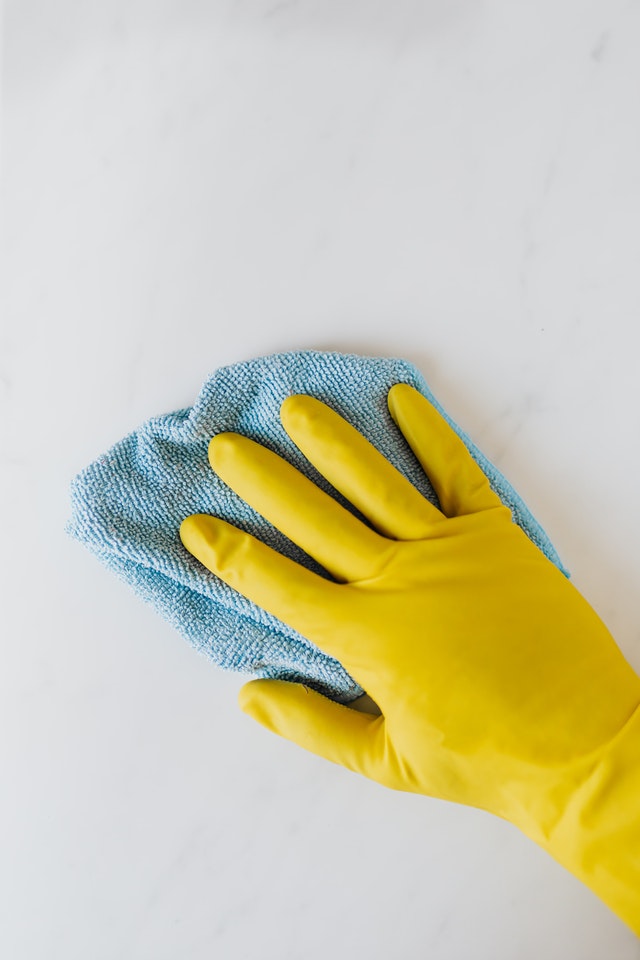
SOURCE: PEXELS
You’ll need to buy supplies for cleaning the faucets. Start by determining the finish on your faucets. Always test your products on a small portion of the fixture to ensure it won’t damage the finish. There are numerous chemical cleaners available for purchase. However, for this cleaning method, the products you should gather include:
+Dish soap
+Water
+A toothbrush
+White vinegar
+Baking soda
+Gloves
+A plastic bag
+A cloth or rag
+Rubberbands
2. Identify a focus area
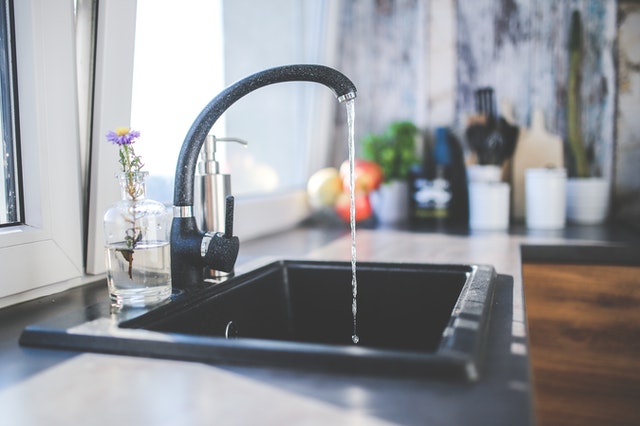
SOURCE: PEXELS
Find out if you’d like to target watermarks, limescale, corrosion, or general sanitation. Depending on what your focus is, you’ll want to choose different products. For instance, you’d use a toothbrush to scrub down the nozzle or tackle tough stains, but this wouldn’t be necessary for a general quick clean. Perform a general clean and then choose additional products for specific focus areas, like limescale.
3. Start with the nozzle
Start by placing equal parts of white vinegar and water into a plastic bag. Submerge your faucet head in the mixture and tie off the bag using rubber bands, so it stays in place. Allow it to soak overnight or for a few hours. After the time has passed, remove the bag and dump the contents down the drain. Using an old toothbrush, scrub the nozzle to remove mineral buildup. Run cold water in the sink to ensure you’ve washed away the vinegar and particles.
4. Tackle the surface
When cleaning with hot water, you may want to wear rubber gloves. Soak a cloth in dish soap and water and wipe down your faucet. Using the vinegar and water mixture, scrub down any remaining grime. For stubborn marks, use water and baking soda to make a paste and use a toothbrush to clean the area. Rinse with cold water to remove any excess buildup or cleaner. Dry the faucet with a clean cloth to ensure there are no watermarks left.
5. Examine the drain
Drains deserve just as much attention as your faucets. After all, they’re responsible for ensuring the dirty water disappears from your sink. While large items like food bones can easily block a drain, tree root growth or cracks and holes in the pipes could also cause water backup or slow drainage.
Contact a professional if you have questions or are experiencing a major drainage problem. Do your research before using chemicals, as some may cause harm to your septic system. Remember to inspect your drain frequently to avoid future plumbing headaches.
Say goodbye to germs
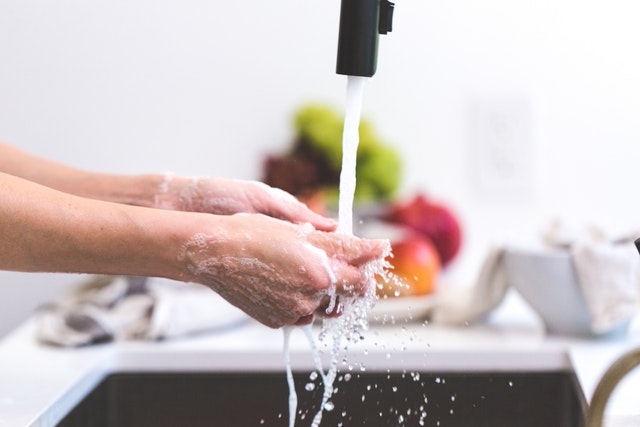
SOURCE: PEXELS
Follow these five steps to clean your kitchen faucets. You should sanitize these areas daily to prevent bacteria growth. Rinse the aerator inside the faucet periodically, and plan to replace it as needed. With a thorough wash, you can say goodbye to germs on surfaces.
AUTHOR: KACEY BRADLEY
Kacey Bradley is the blogger behind The Drifter Collective, an eclectic lifestyle blog that expresses various forms of style through the influence of culture and the world around us. Along with writing for her blog, she has written for sites like U.S. News, SUCCESS, Guides for Brides, Hotel Online and more!
Follow Kacey on Twitter and subscribe to her blog to keep up with her travels and inspiring posts!


